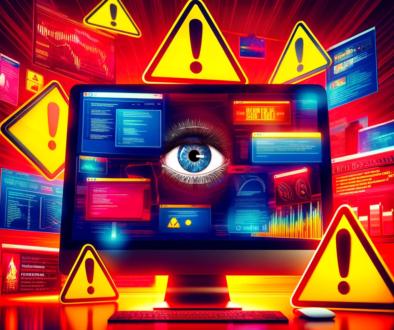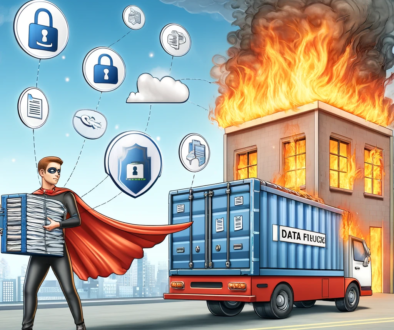Best Practices to Keep in Mind Against Cybersecurity Threats

Introduction to Cybersecurity
Cybersecurity Threats are a necessity rather than a luxury in the digital age. It’s the practice of protecting computers, servers, mobile devices, electronic systems, networks, and data from digital attacks.
The Importance of Cybersecurity
Cybersecurity is crucial because it encompasses everything that pertains to protecting our sensitive data, personally identifiable information (PII), protected health information (PHI), personal information, intellectual property, data, and governmental and industry information systems from theft and damage attempted by criminals and adversaries.
Understanding Cybersecurity Threats
To protect yourself from cybersecurity threats, it’s important to first understand what these threats are.
Common Types of Cybersecurity Threats
Phishing Attacks
Phishing attacks are when attackers impersonate a reputable entity or person in email or other communication channels. The attacker uses phishing emails to distribute malicious links or attachments that can perform a variety of functions, including extracting login credentials or account information from victims.
Malware Attacks
Malware is a type of software designed to cause harm to a computer network. Common types of malware include viruses, worms, Trojans, ransomware, and spyware.
Ransomware Attacks
Ransomware is a type of malware that involves an attacker locking the victim’s computer system files — typically through encryption — and demanding a payment to decrypt and unlock them.
Best Practices for Cybersecurity
Regularly Update Your Software
One of the easiest ways to protect yourself from cybersecurity threats is to regularly update your software. Software updates often include patches for security vulnerabilities that have been discovered since the last version of the software was released.
Use Strong and Unique Passwords
Using the same password for all your accounts is like using the same key for all your locks. If a hacker gets hold of your password, they can potentially gain access to all your accounts. It’s important to use strong and unique passwords for each of your accounts.
Enable Two-Factor Authentication
Two-factor authentication adds an extra layer of security to your accounts. It requires you to provide two different authentication factors to verify your identity. This could be something you know (like a password), something you have (like a smartphone), or something you are (like a fingerprint).
Be Aware of Phishing Scams
Always be suspicious of unsolicited communication. Phishing scams often appear as emails or texts from reputable companies asking for your personal information. They often create a sense of urgency to trick you into responding without thinking.
Regularly Backup Your Data
Regularly backing up your data can protect you from the unexpected. In the event of a cyber attack, you’llstill have access to your data.
The Role of Employees in Cybersecurity
Cybersecurity Training for Employees
Employees can be a company’s greatest defense against cyber attacks, but they can also be its greatest weakness. It’s important for companies to provide cybersecurity training to their employees to ensure they understand the threats and how to prevent them.
Conclusion
In conclusion, cybersecurity is a critical issue that requires our constant attention. By understanding the threats and implementing the best practices mentioned above, we can significantly reduce our risk of falling victim to a cyber attack.
Frequently Asked Questions
- What is cybersecurity? Cybersecurity is the practice of protecting computers, servers, mobile devices, electronic systems, networks, and data from digital attacks.
- What are some common types of cybersecurity threats? Common types of cybersecurity threats include phishing attacks, malware attacks, and ransomware attacks.
- What are some best practices for cybersecurity? Some best practices for cybersecurity include regularly updating your software, using strong and unique passwords, enabling two-factor authentication, being aware of phishing scams, and regularly backing up your data.
- What is the role of employees in cybersecurity? Employees can be a company’s greatest defense against cyber attacks, but they can also be its greatest weakness. It’s important for companies to provide cybersecurity training to their employees.
- What is two-factor authentication? Two-factor authentication adds an extra layer of security to your accounts. It requires you to provide two different authentication factors to verify your identity.
Save time, money and effort with Inology IT
Inology IT is an award-winning Managed Service Provider. We’re a friendly team with plenty of expertise, and our services range from fully managed or complementary IT Support to Professional Services, Cyber Security, Communications and Business Intelligence.
If you could use a helping hand with your IT services, please don’t hesitate to get in touch.




